Questions often come up about the difference between the Dynafit TLT Radical series of alpine touring bindings and the Dynafit TLT Vertical series. Both lines feature an ST version and an FT version with comparable weights, with the Verticals coming in around $50 cheaper in each. Why the price difference? How are they different? Let us explain, starting with some history.
Dynafit is a well-known ski mountaineering company based in Austria, and they've made their name manufacturing ski boots and pioneering so called "tech" bindings. Although the original designs are credited to an Austrian family named Barthel, Dynafit gets credit for commercialization of the four-pin technology under their flagship TLT brand in 1990. TLT stands for Tour Lite Tech, hence the name "tech" bindings. Over the span of a couple decades, the TLT evolved into a Speed model and a Comfort model, both of which were proven by years of field testing and refinement. Today the Speed model is mainly found in Europe, while the Comfort model has morphed into separate Vertical and Radical models available in the United States. The Radical series has an additional Speed model with no brakes that effectively replaces the original TLT Speed in the US.
The Vertical series closely resembles the proven Comfort design, with its signature rotating heel piece used to switch between touring and downhill modes. A riser is integrated into this piece, so two extra rotational stops are available with varying heel heights. Compare the Vertical ST heel piece on the left to that of the Radical ST, note the holes in the Vertical riser which can be used to rotate the unit with a ski pole:


The Dynafit Radical series features the same basic innards but has what Dynafit calls a Speed Step climbing bar (the grey pieces on top), which enables the riser to be adjusted without rotation of the whole unit. This was ostensibly done to help ease riser adjustment on the fly with a flick of the ski pole. In practice, that can be true but takes some getting used to. There can be some difficulty separating the two risers using the basket of a ski pole while on the move, but it's pretty straightforward while stopped and focused on the task.
On to the toe, the redesigned Radicals feature what Dynafit calls Power Towers, which are easier to step into and offer some degree of protection from pre-release during a side impact (e.g. hiting an obstacle while turning that causes your ski to deflect sideways). Ski techs will also note that the drilling patterns have changed from the traditional five hole mounting to a more elongated four hole pattern. Compare the Vertical on the left to the Radical on the right:


The toe locking lever has also been improved to add leverage, but both are perfectly capable devices and easy to use. Be careful of pinching your glove or mitten under the new Radical lever, as it can cause a tear if you pull too hard.
The last major difference only applies to the FT models of each series. Dynafit FT bindings are their burliest models, with higher release values than the STs (12 versus 10) and featuring plates that connect the toe and heel pieces. The plates add torsional rigidity and in the case of the Radical FTs, they also add some shock absorption to those big air landings. Major flex will cause a lock to engage and the ski to stiffen. Compare them side by side, with the Vertical again on the left:


Note the Radical version is wider, which contributes to it being 69 grams (2.4 oz) heavier per binding. In contrast, the Radical ST is only 20 grams heavier than the Vertical ST, which leads one to believe there is some extra oomph in the shock absorber mechanism of the FT. All versions have the ability to add a crampon to the toe, though the Radicals have slightly different machining which seems easier to work with.
So how to decide? If you like to huck cliffs, the Radical's shock absorption is probably worth the extra 50 bucks. If not, it comes down to skier preference on which riser mechanism you find easier to work with. If you don't like the idea of trying to separate possibly ice-covered riser plates with a pole basket or mitts, go with the more classic Vertical series. If you don't like the idea of rotating your binding just to change a riser height, go with the Radicals. In the latter case, you'll get a bonus upgrade to ease-of-entry, side impact protection, and crampon access to boot. We think you'll be happy with either, as you'll certainly be rocking some sturdy tech bindings that won't weigh you down.
- Update 2/15/2014 - Please note that Dynafit has discontinued production of the Vertical FT binding for the 2013/14 season. They recommend either the Radical FT or Vertical ST instead.
Also See:Dynafit Race Bindings















 So it is with the case of randonnee racing. Randonnée is a French term for ski touring. And the French, similar to other European cultures, like to turn ski touring into a race. They've also talked about this proclivity enough to enough people. Consequently, English speakers have often used the French term when it comes to racing up and down mountains on skis.
So it is with the case of randonnee racing. Randonnée is a French term for ski touring. And the French, similar to other European cultures, like to turn ski touring into a race. They've also talked about this proclivity enough to enough people. Consequently, English speakers have often used the French term when it comes to racing up and down mountains on skis. You know an activity is catching on when the Wall Street Journal
You know an activity is catching on when the Wall Street Journal  Our initial idea was to offer $1 in store credit for a basic review, which is doubled to $2 for more expensive items like skis and boots. We then started thinking that if you purchased the product from us, we would gladly double those amounts to $2 and $4, as a review from a verified buyer is certainly more reliable than one from a uncertified stranger.
Our initial idea was to offer $1 in store credit for a basic review, which is doubled to $2 for more expensive items like skis and boots. We then started thinking that if you purchased the product from us, we would gladly double those amounts to $2 and $4, as a review from a verified buyer is certainly more reliable than one from a uncertified stranger. People often associate lightweight ski mountaineering gear with superhuman athletes wearing skin suits. While indeed such equipment is required to ascend the podium at your local skimo race, it turns out that the same gear benefits normal humans even more. To prove it, let's take a look at the numbers.
People often associate lightweight ski mountaineering gear with superhuman athletes wearing skin suits. While indeed such equipment is required to ascend the podium at your local skimo race, it turns out that the same gear benefits normal humans even more. To prove it, let's take a look at the numbers. After more than a year of hard work, I am proud to announce that Skimo Co is open for business!
After more than a year of hard work, I am proud to announce that Skimo Co is open for business! It is often said that Eskimos have dozens or even hundreds of words for snow. Linguists laugh and say this is just a myth started by anthropologist
It is often said that Eskimos have dozens or even hundreds of words for snow. Linguists laugh and say this is just a myth started by anthropologist 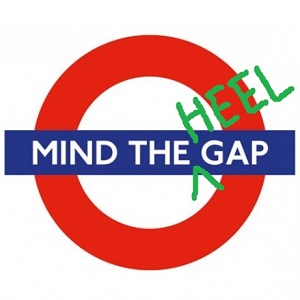 Londoners and Dynafit binding owners tend to be very mindful of gaps. The city-folk are reminded to look out for the gap between train and platform when stepping onto the tube (British for subway). The ski-folk need to keep an eye on the gap between the back of their ski boots and the heel towers of tech bindings. These are important since forgetting either can lead to falling on one’s face. In this article, we will focus more on ski binding heel gap than the type that can be found underground.
Londoners and Dynafit binding owners tend to be very mindful of gaps. The city-folk are reminded to look out for the gap between train and platform when stepping onto the tube (British for subway). The ski-folk need to keep an eye on the gap between the back of their ski boots and the heel towers of tech bindings. These are important since forgetting either can lead to falling on one’s face. In this article, we will focus more on ski binding heel gap than the type that can be found underground.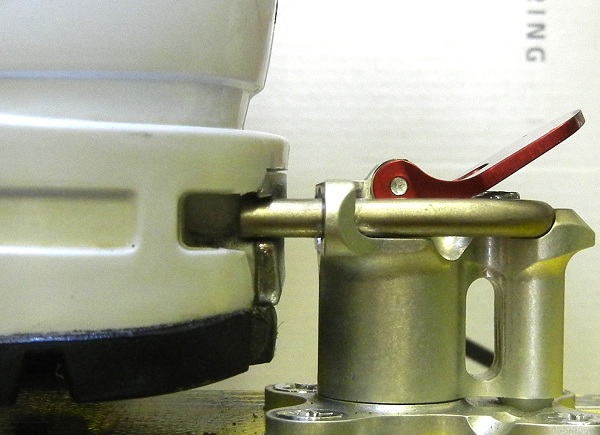
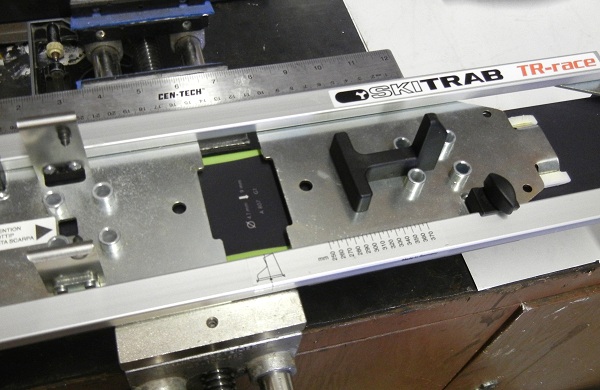
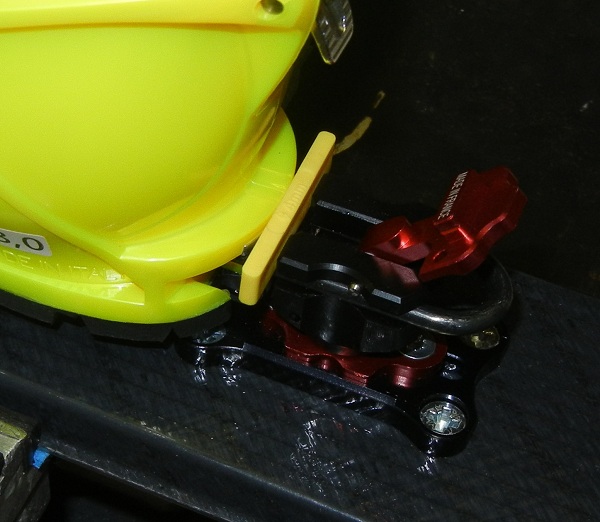

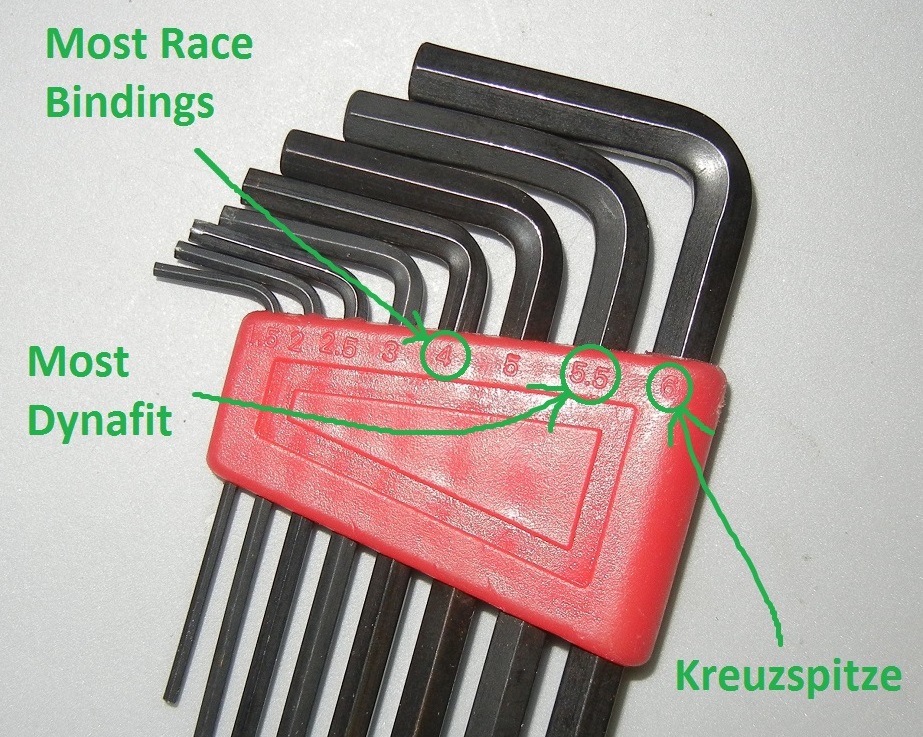
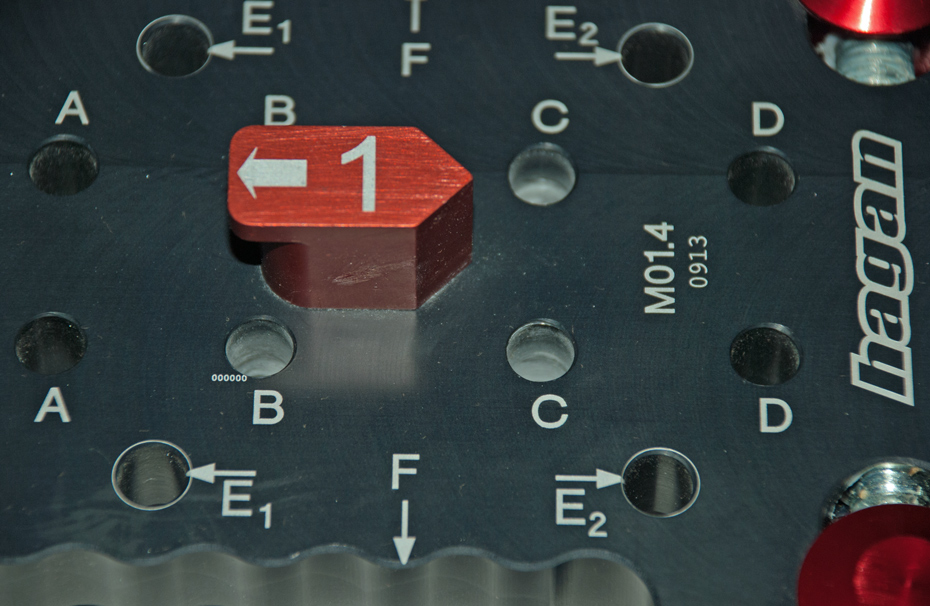
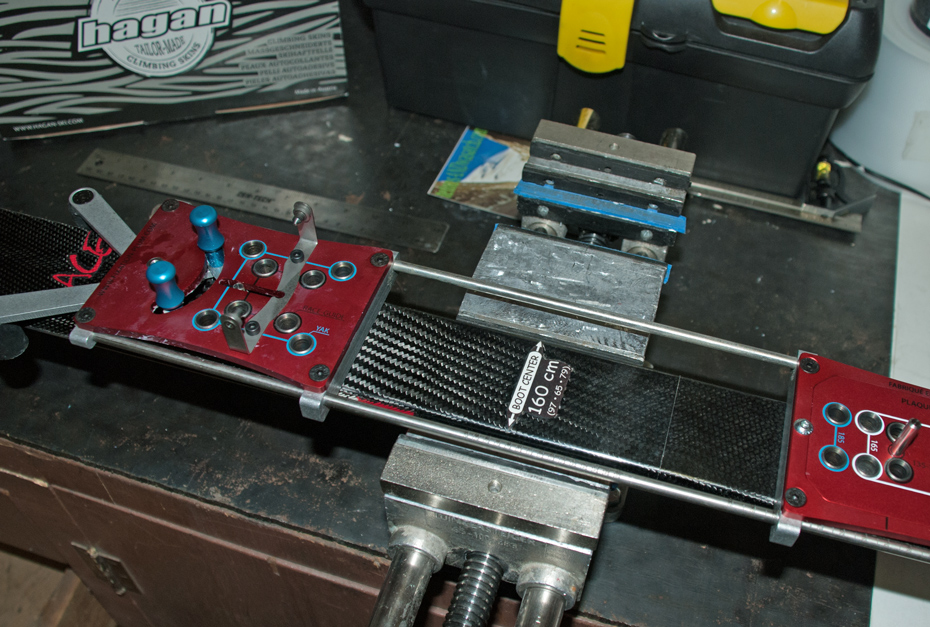
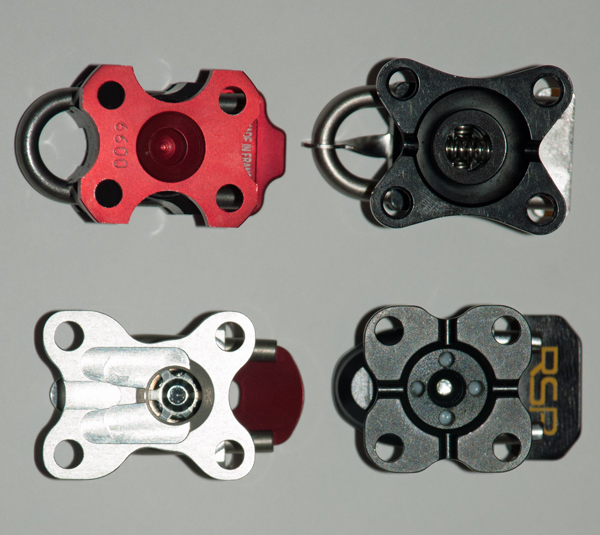
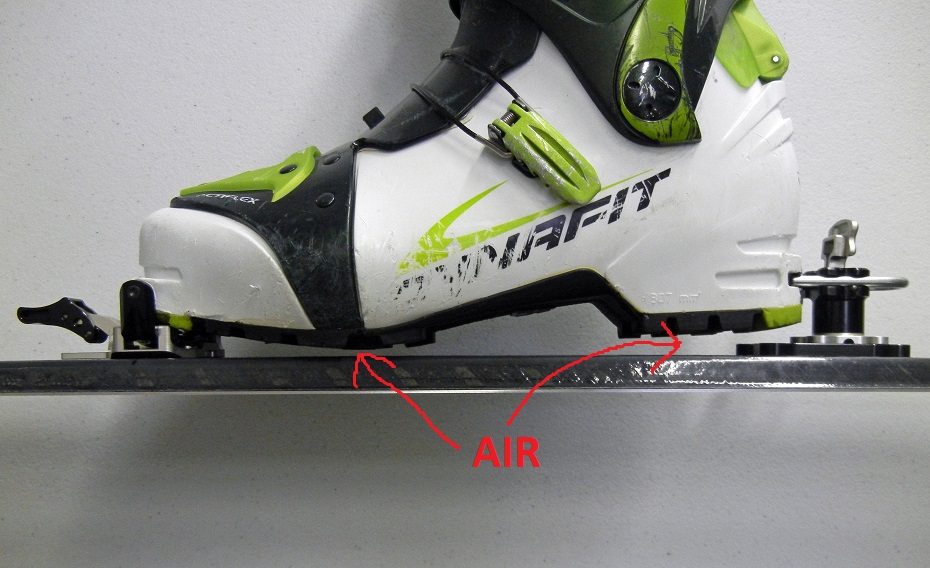
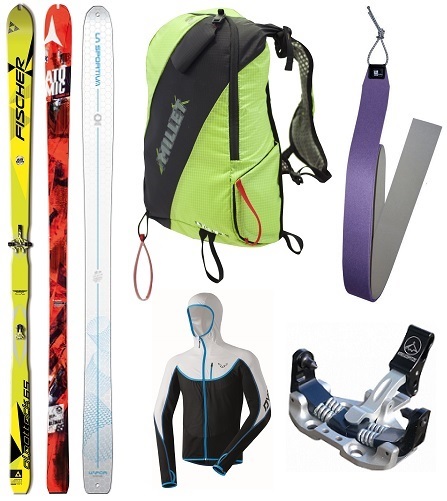


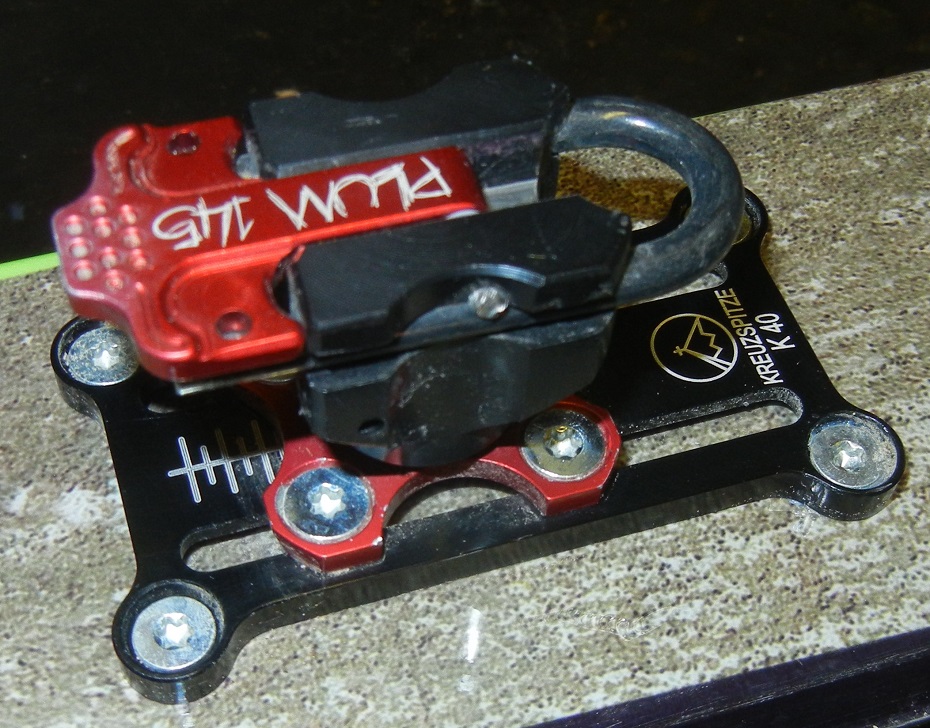
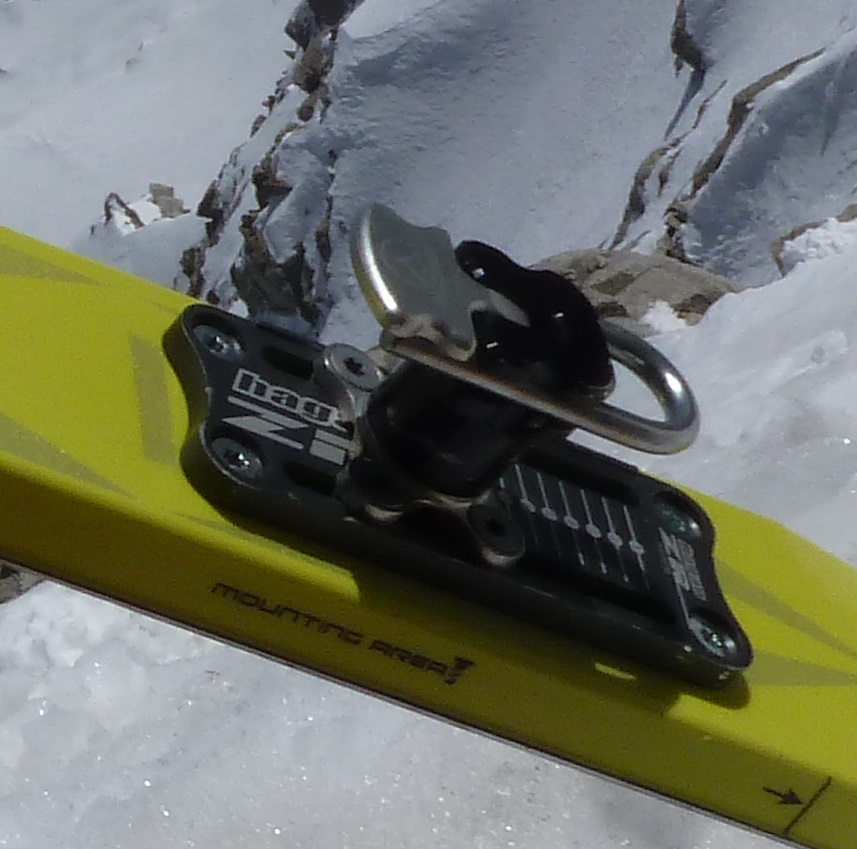

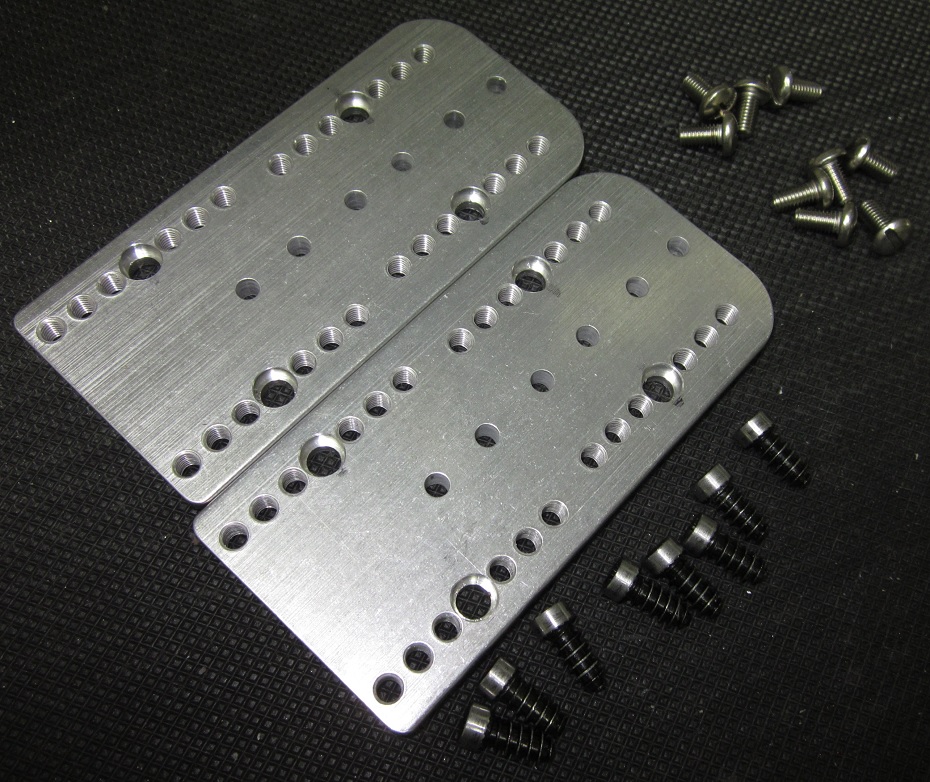
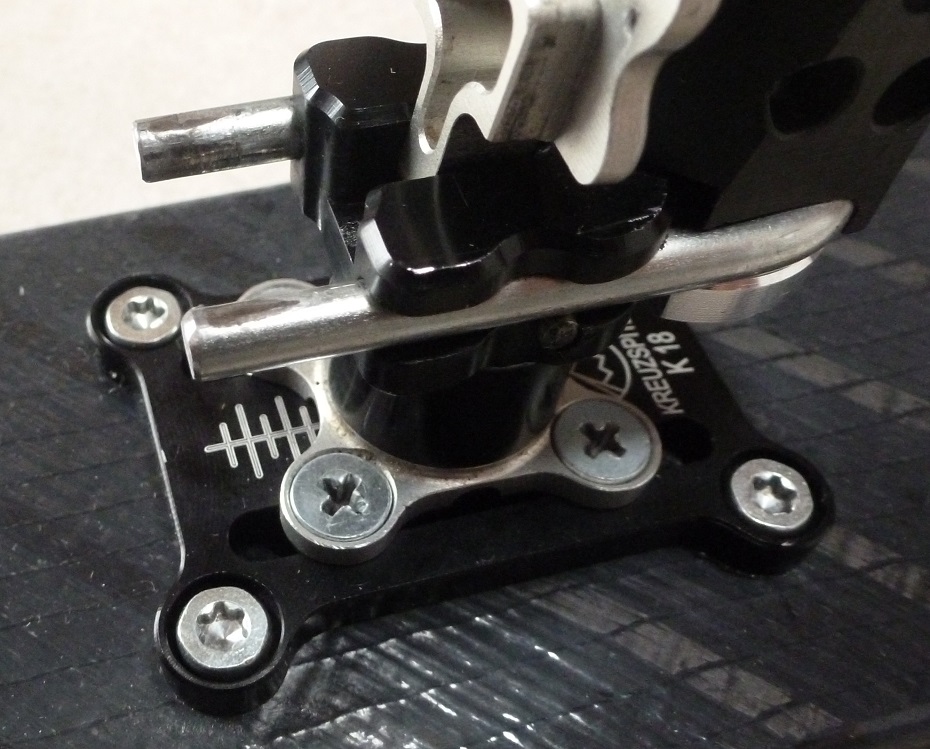
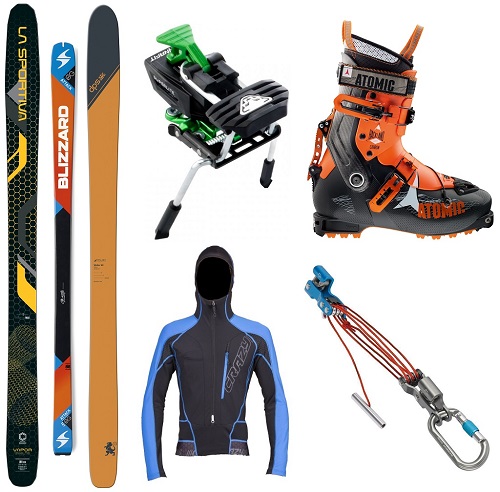
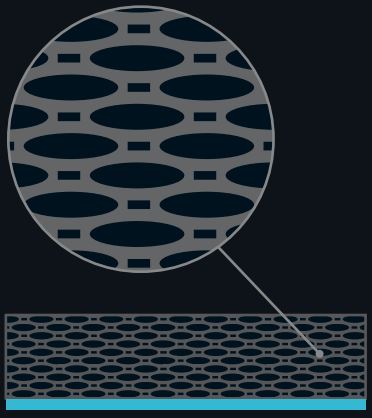 The heart and soul of Aski is CarbonShell. The technology consists thermoplastic infused with carbon fiber to make a lightweight skeleton that has unique flex and structural properties. The self-supporting shell allows an elastic curve to the ski that enables amazing edge hold without the vibration or skitter found in some pure carbon skis. The shells are compression molded and subjected to infrared radiation to improve bonding and achieve a smooth geometric outline of the ski.
The heart and soul of Aski is CarbonShell. The technology consists thermoplastic infused with carbon fiber to make a lightweight skeleton that has unique flex and structural properties. The self-supporting shell allows an elastic curve to the ski that enables amazing edge hold without the vibration or skitter found in some pure carbon skis. The shells are compression molded and subjected to infrared radiation to improve bonding and achieve a smooth geometric outline of the ski.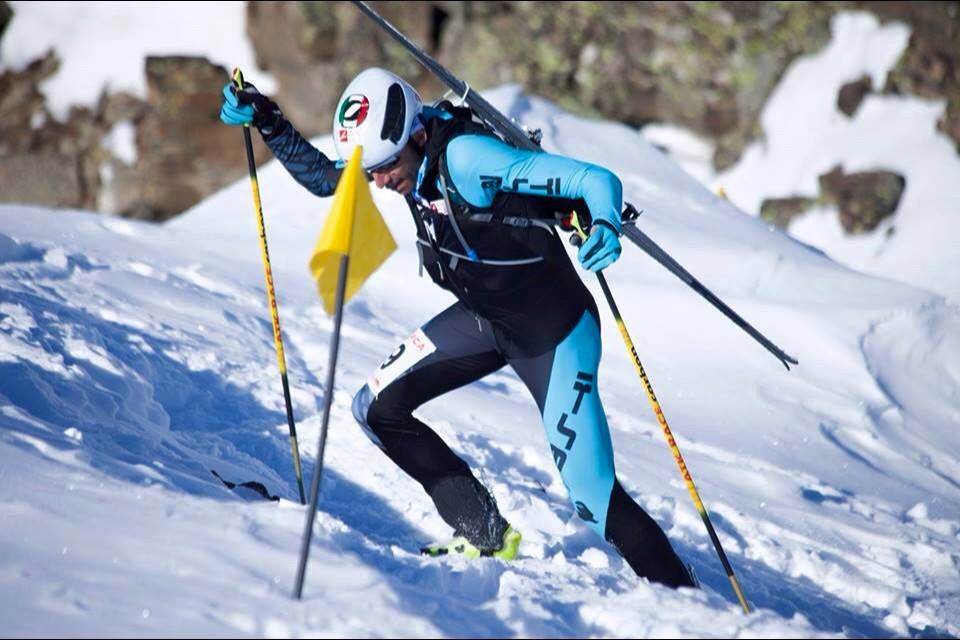
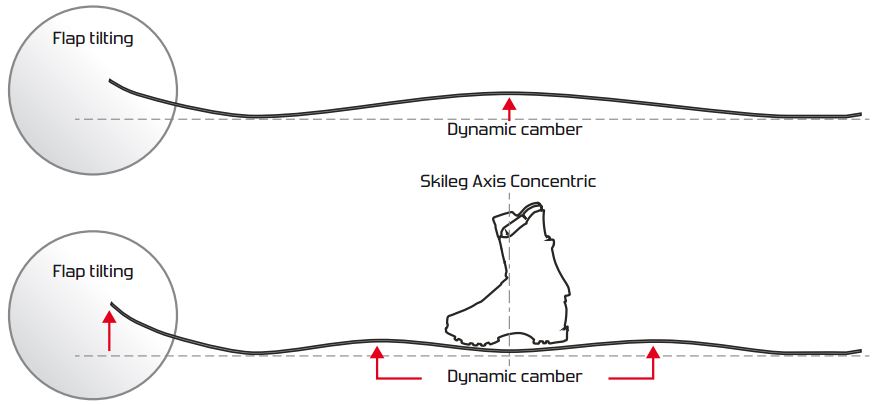
 Within the CarbonShell, Aski uses a polycell foam that is a low-density, closed-cell core. They layer the core with thermoplastic Kevlar laminates to stabilize the ski and disrupt any vibrating motions. Special elastomers (rubber) are inserted at key points to guarantee vibrations are absorbed. The resulting skis are smooth, reliable, and ski well above their weight.
Within the CarbonShell, Aski uses a polycell foam that is a low-density, closed-cell core. They layer the core with thermoplastic Kevlar laminates to stabilize the ski and disrupt any vibrating motions. Special elastomers (rubber) are inserted at key points to guarantee vibrations are absorbed. The resulting skis are smooth, reliable, and ski well above their weight.


